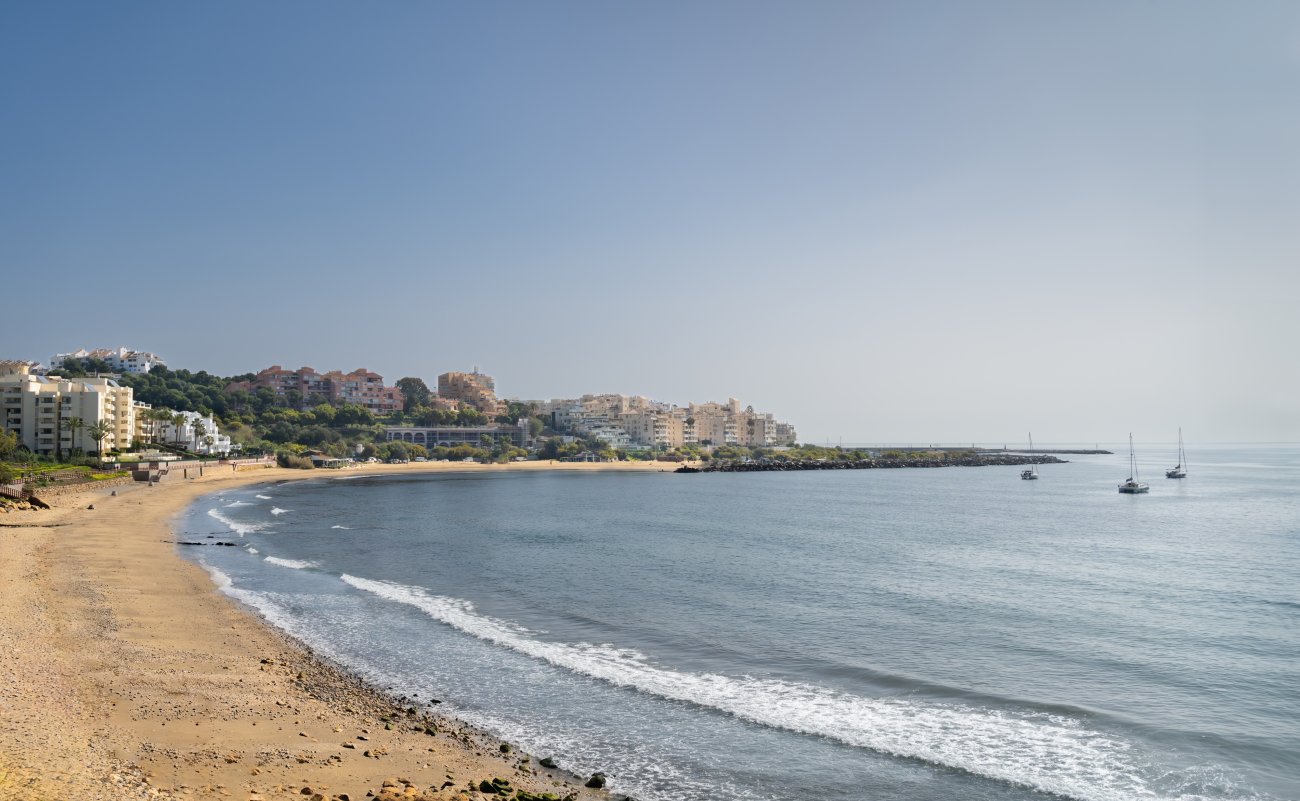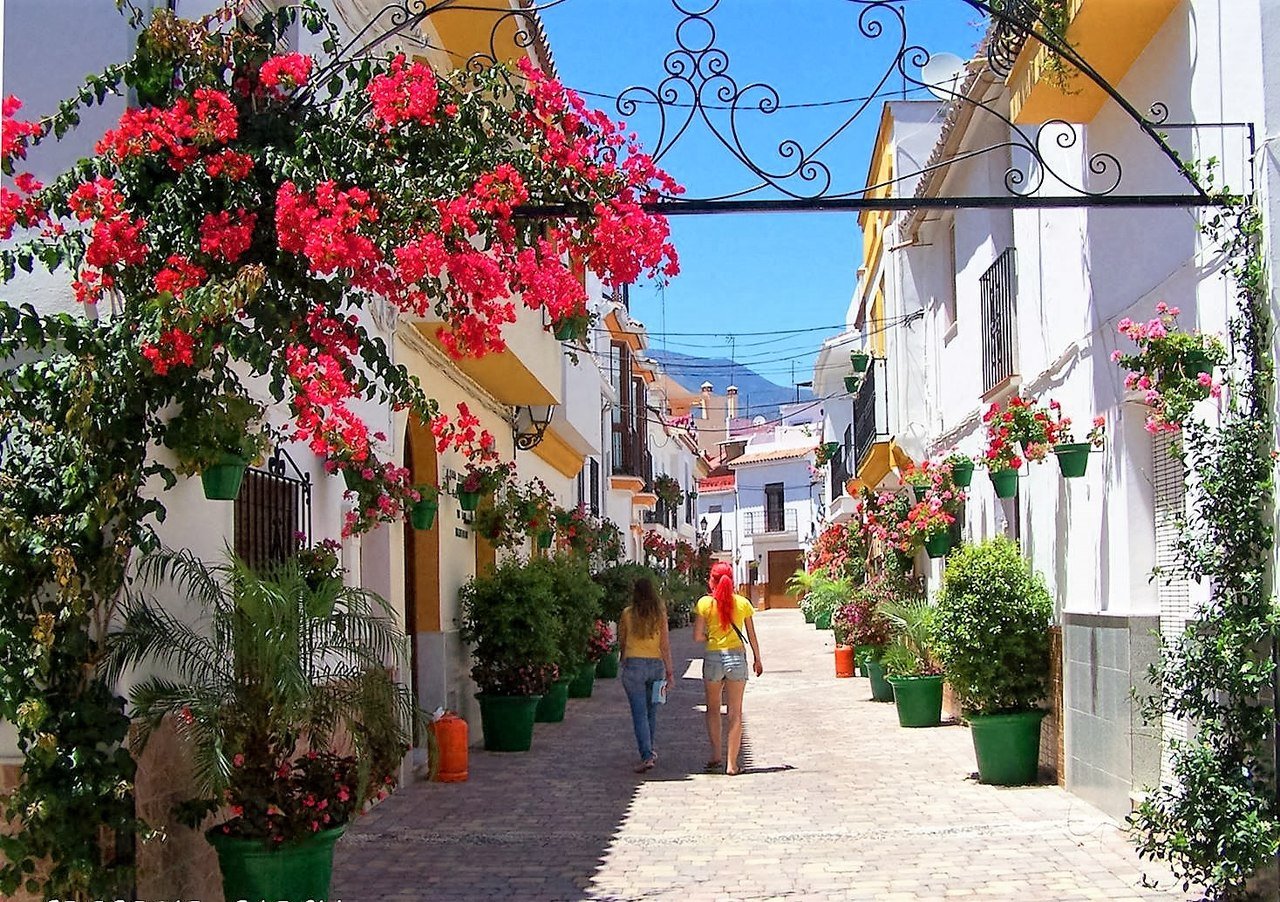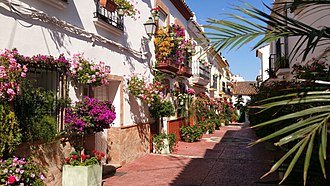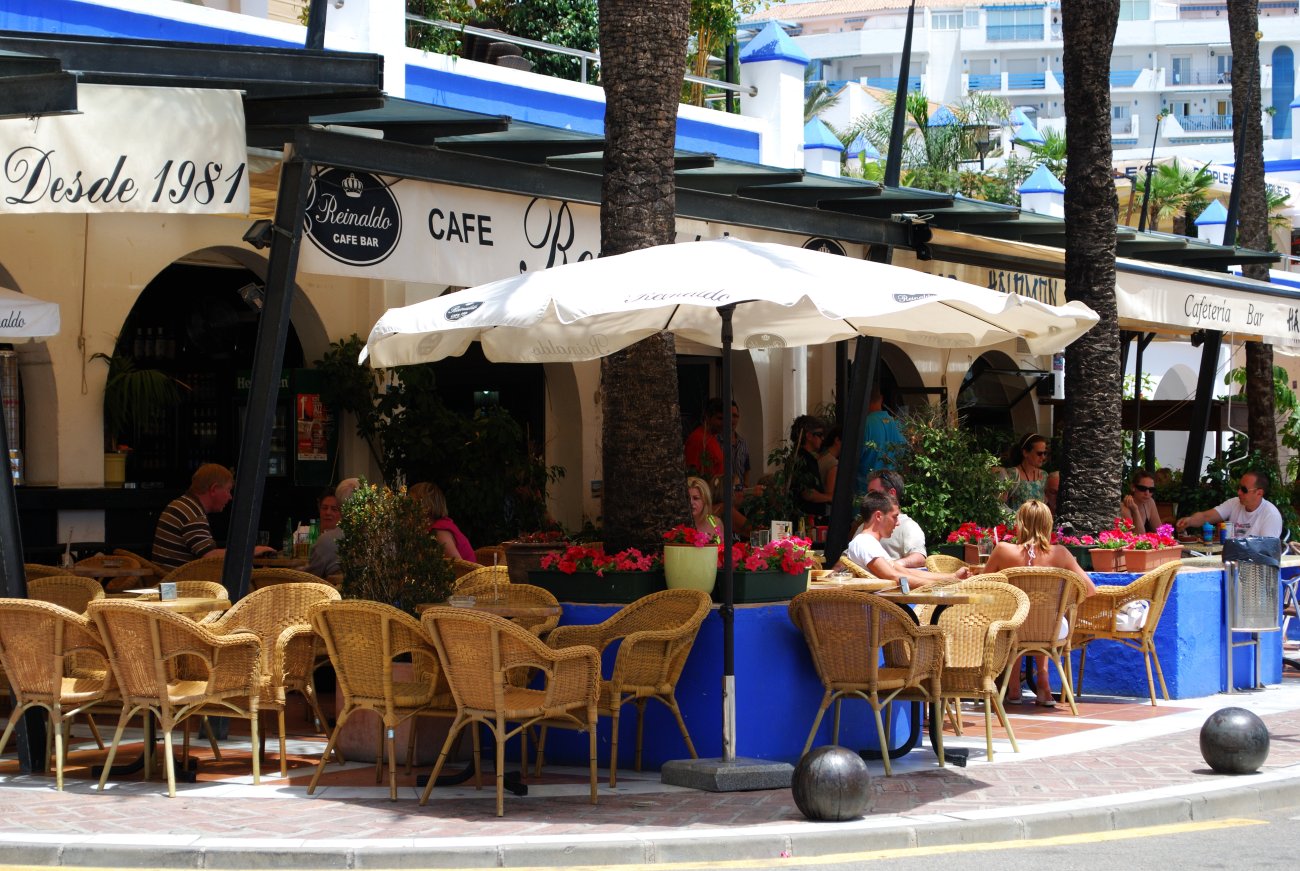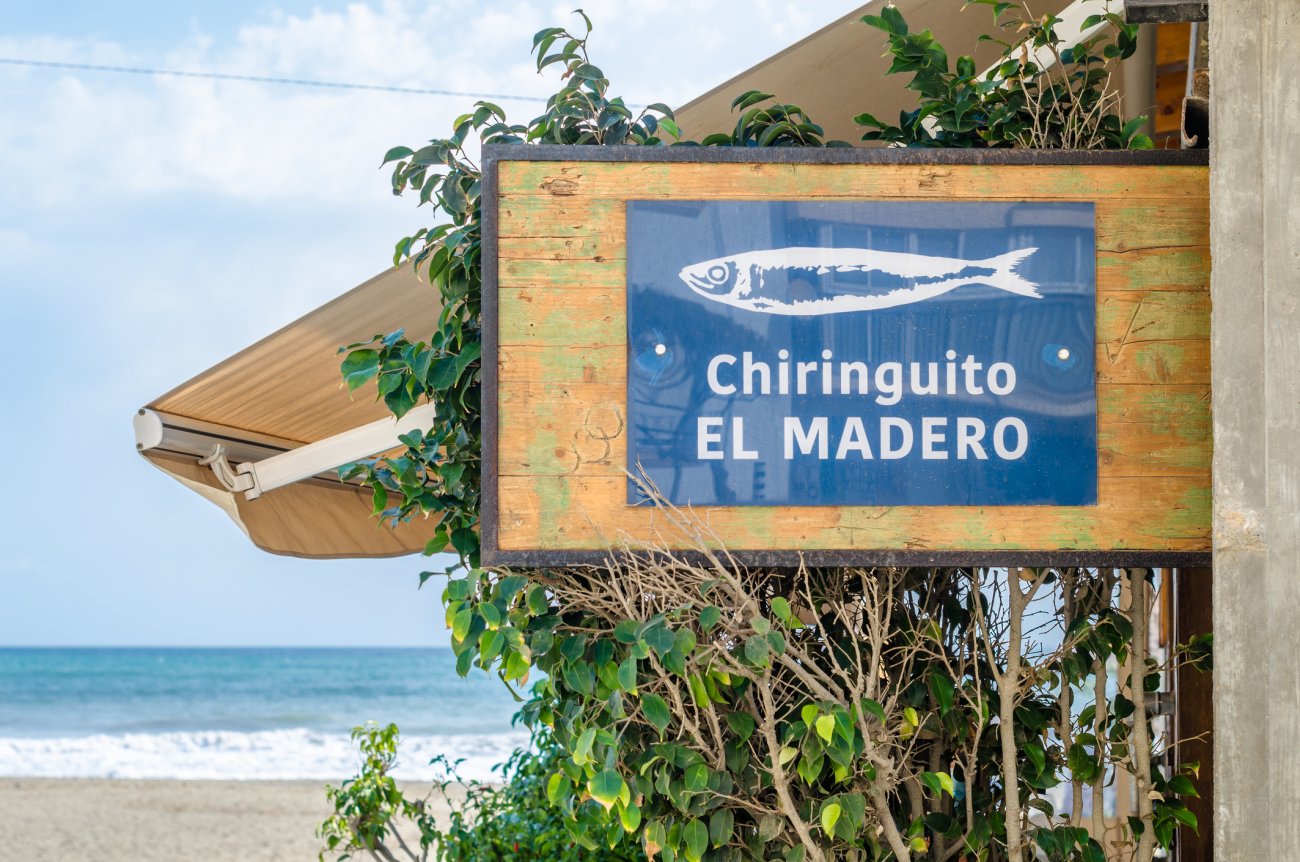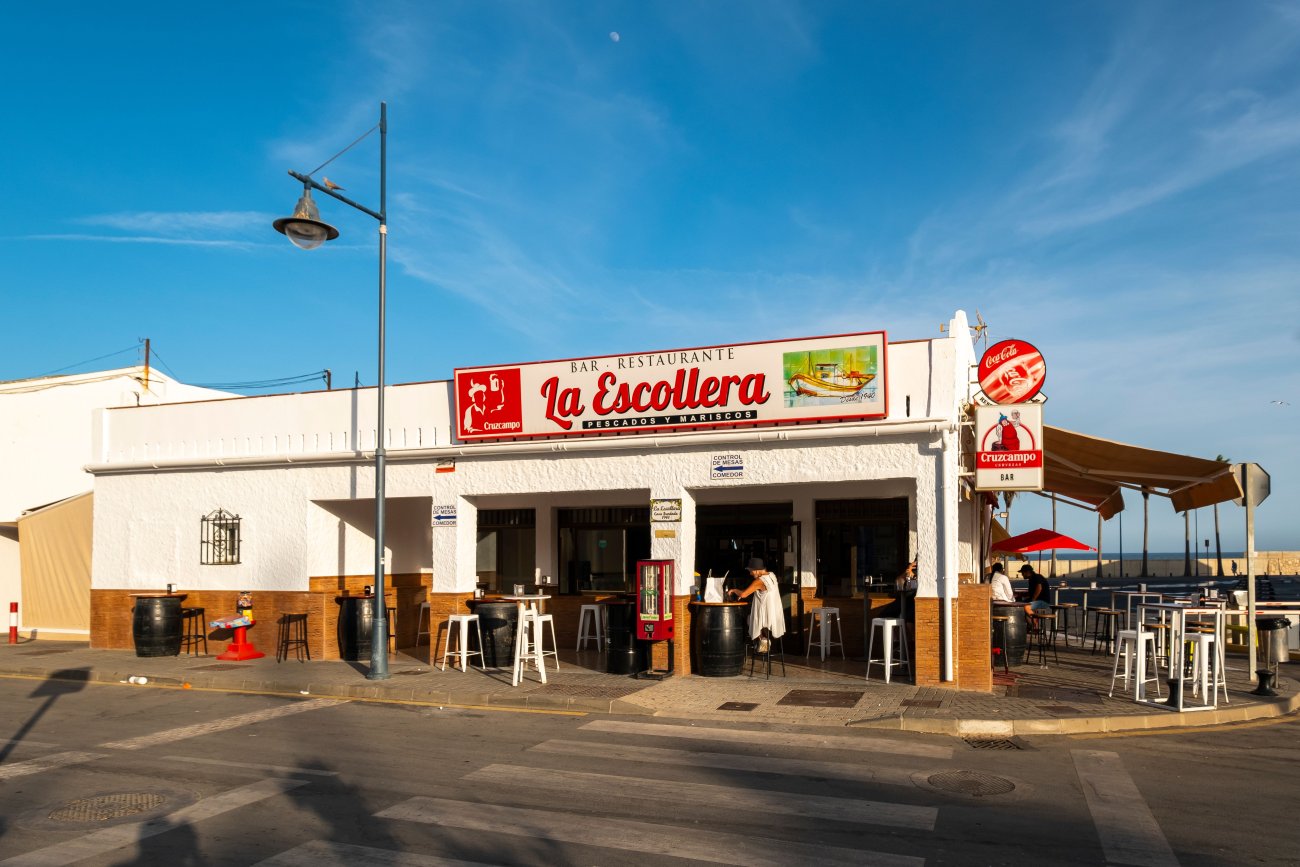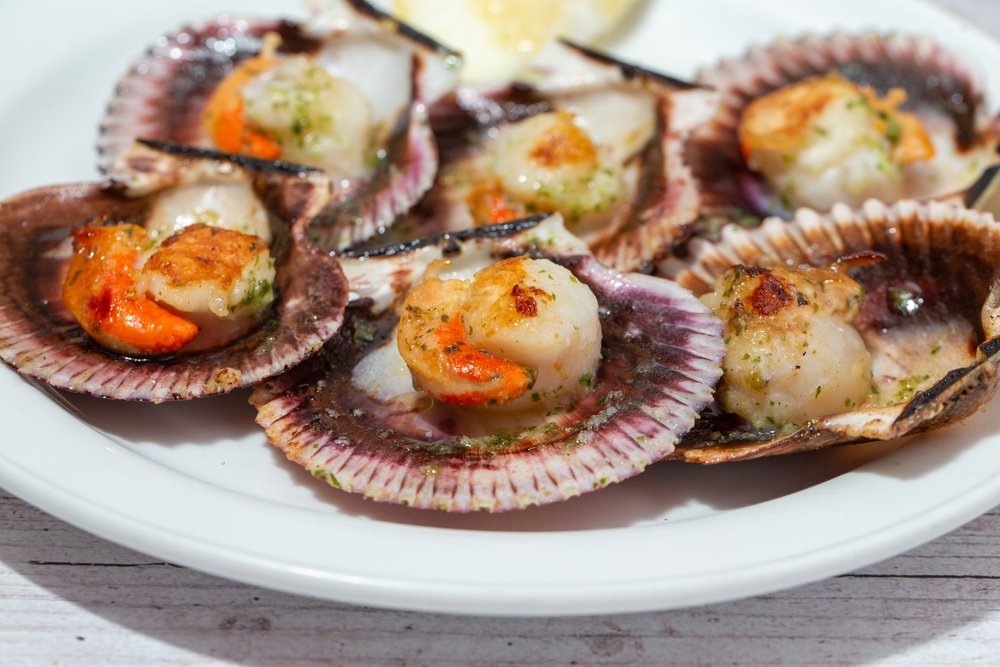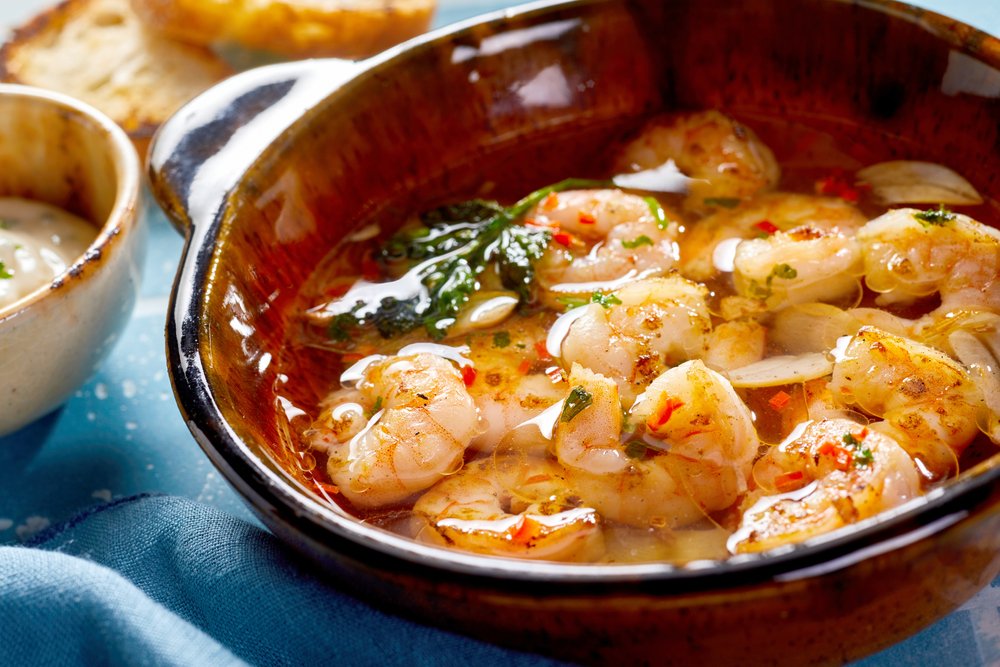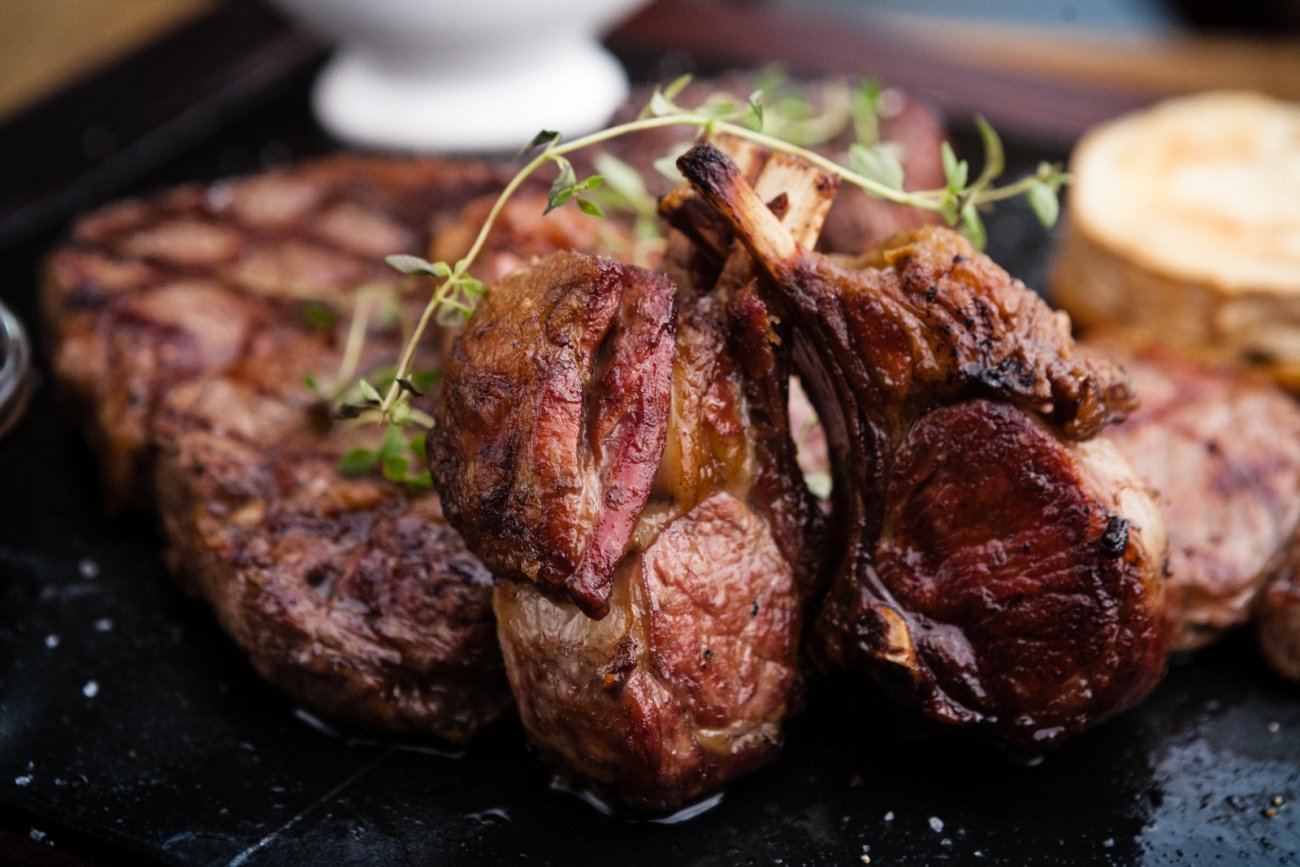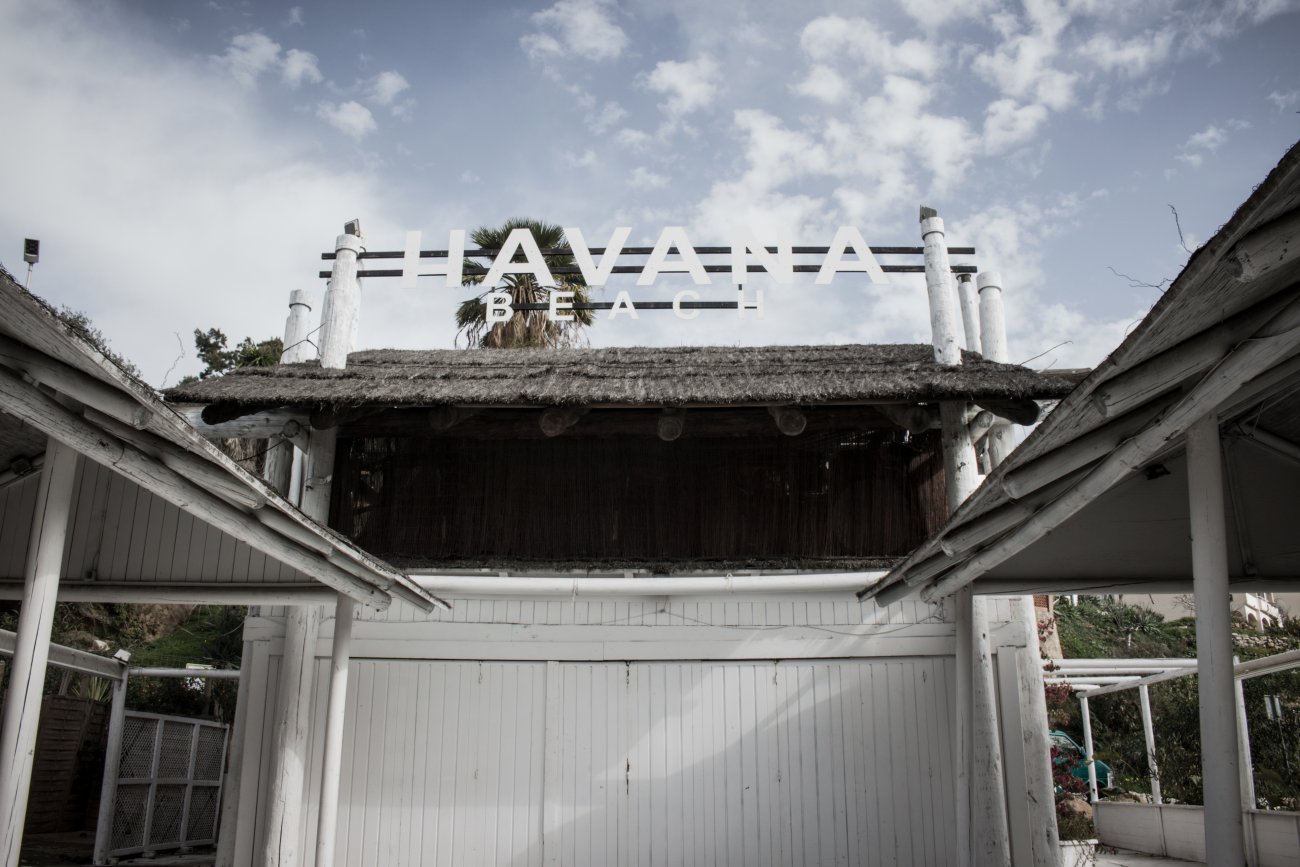The “Barrio de la Villa”, encompassing the area of the old medieval fortress, is the historic heart of Estepona. The clock tower stands in the Plaza del Reloj, a remnant of the 15th-century Iglesia de la Fortaleza. Originally an Arabic minaret, it is believed to have been part of a mosque during the Muslim period. After the Castilian conquest, the mosque was converted into a church, and the tower became a bell tower. In the 18th century, a neoclassical dome was added, decorated with garlands and bucrania.
In addition to the clock tower, the Barrio de la Villa houses the Casa de los Algibes, now converted into an archaeological museum, and the municipal market.
Surrounding the Barrio de la Villa are the Antiguo and Hornos neighborhoods. The Antiguo neighborhood, with its narrow streets following the 16th-century layout and modest housing, mainly dates from the 18th to the 20th centuries. The Hornos neighborhood, developed in the 18th century, is characterized by its humble architecture from the 18th, 19th, and 20th centuries.
To the north of these neighborhoods are Plaza Nueva, San Francisco, and Montecillo, where 19th-century housing predominates. The Church of Nuestra Señora de los Remedios is particularly notable, featuring a blend of Rococo and colonial styles. Near the Castillo de San Luis is the Mercado Gourmet, located in the old municipal market.
To the east are the Palmar and Nuevo neighborhoods, with houses dating from the 18th and 19th centuries, respectively. Many of these houses were former cármenes incorporated into the city during the 19th-century urban expansion. Estepona has managed to preserve its historic charm while becoming a commercial and leisure center, attracting numerous businesses from renowned and prestigious brands.
